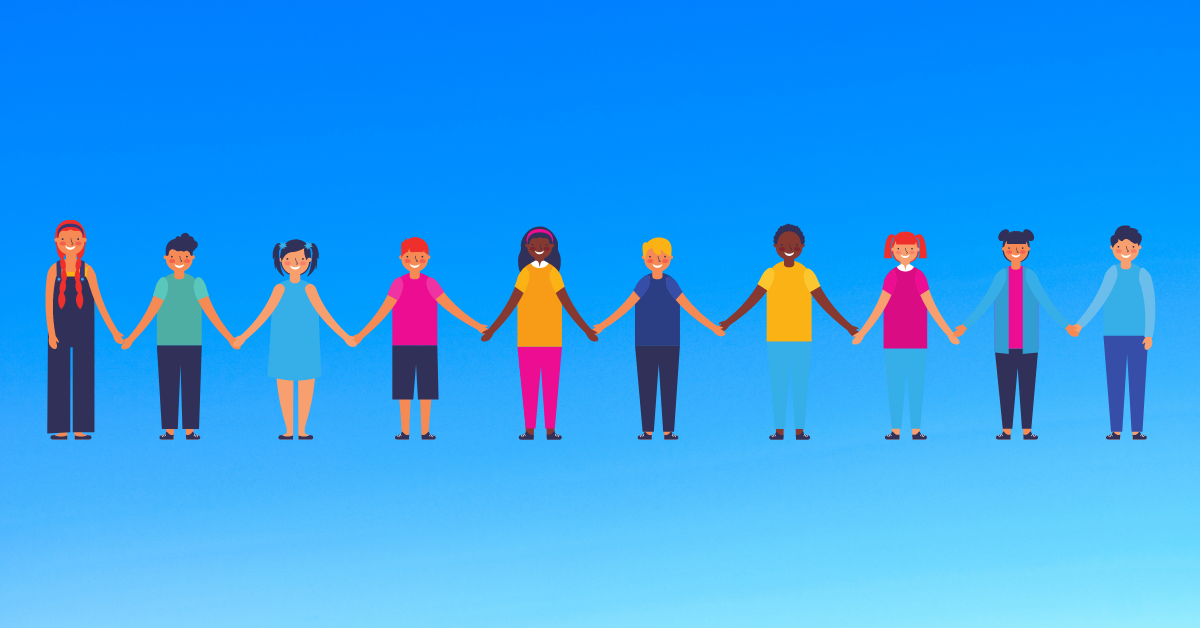This past year has been challenging for faculty, students, and staff but we remain resilient in finding different ways to communicate and connect with one another. Last month we shared an interview from Professor Beatriz Ramirez Canosa discussing how she uses Jamboard as a way to keep students motivated and engaged during this time of remote instruction. This month, we’d like to continue to uplift faculty voices so others across campus can know about the innovative teaching going on in our classes. Read the interview below to see how Professor José Vergara uses Peer Support Groups to increase engagement and motivation with students while teaching remotely.
What activities have helped keep your students motivated and engaged while teaching and learning remotely?
On the pre-semester survey that I sent to all my students, I asked them, among other things, whether they would like to be part of what I called a “Peer Support Program.”
As I envisioned this unofficial, low-obligation program, each student who signed up would have a partner to turn to in times of need/want/confusion. They could, for instance, ask each other to clarify something from one of our readings or instructions about an assignment, to brainstorm ideas, or to look over a piece of writing. I left the details up to them, but I proposed that they should keep each other accountable and offer help as necessary/possible. I also suggested that they could encourage each other to participate in class discussions. Of course, they can always reach out to me, but it seemed that this program would provide a wider dedicated support system.
If they wanted to sign up, I had students provide on the Google Form their name, email address, and any comments or ideas they wished to share about the program.
From there, I paired the students randomly. To get started, I asked them to send a quick introductory email to their partner with the following information…
- Name, pronouns, location
- (At least) one thing you are good at doing (hobby, skill, activity, etc.)
- What you hope to get out of the course / semester
- What you hope to get out of your partnership and ideas for what you might do together (study group, forms of accountability in class or online, sharing writing, etc.).
I emphasized that this arrangement isn’t meant to stress anyone out, so they should be sure to come to an agreement regarding expectations before the semester begins.
How have you seen this activity help your students? What has been the impact?
Despite the program’s low-effort, hands-off approach, I feel that it worked rather well. All of the students in my FYS signed up, as well as over half in my other class. It’s true that I couldn’t see many of the results since it all took place behind the scenes, on the student’s phones, but students would occasionally mention that they had been swapping drafts or meeting to study together.
What I appreciated was that the program provided students with the opportunity to make a connection with a classmate right from the beginning. This was, perhaps, most helpful in my first-year seminar, but during a semester that could be very alienating, it seems to me that this program improved camaraderie and students’ willingness to share their ideas in discussions across the board.
Here are some comments from a few students about the Peer Support Program:
“I found the peer-support program to be especially helpful throughout the semester in terms of providing clarification on assignments and offering an additional perspective on directions to take on the larger writing pieces. It was convenient to have an easy resource to text a quick question to, whether to clarify instructions or to bounce an idea around. My partner was particularly helpful but, generally, I found it constructive to have a third opinion on my writing, especially as the partner program provided the perspective of someone who took part in class discussions as well. I also appreciated that it could be as low-commitment or high-commitment as desired; that malleable dynamic helped the program be tailored to the individual groups more than anything, which was nice because you knew that your partner genuinely wanted your help or opinion when they asked for it, and vice-versa.”
“I thought the Peer Support Program worked well! My partner was great and it was nice to have someone to consider different texts/ideas with. Since it is very chill, I imagine it would be helpful for future students.”
“I frequently used the peer support program. In fact, I’m pretty sure we reached out to each other almost every other week, especially when our polished drafts were due.”
Want to Learn More?
Our Academic Technology team is happy to help brainstorm different ideas for student engagement with you. We’re also happy to put you in touch with other faculty who are practicing similar learning activities. If you have questions, please reach out to us by emailing support@swarthmore.edu.

